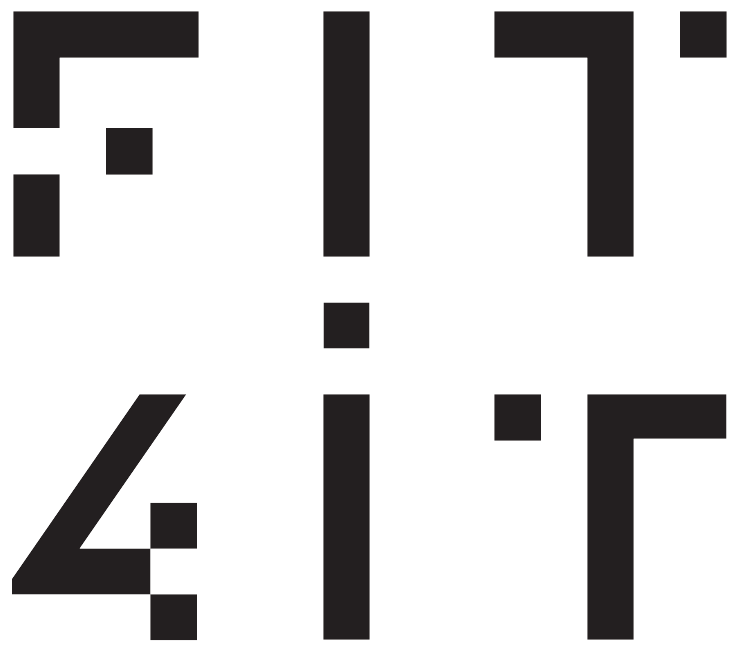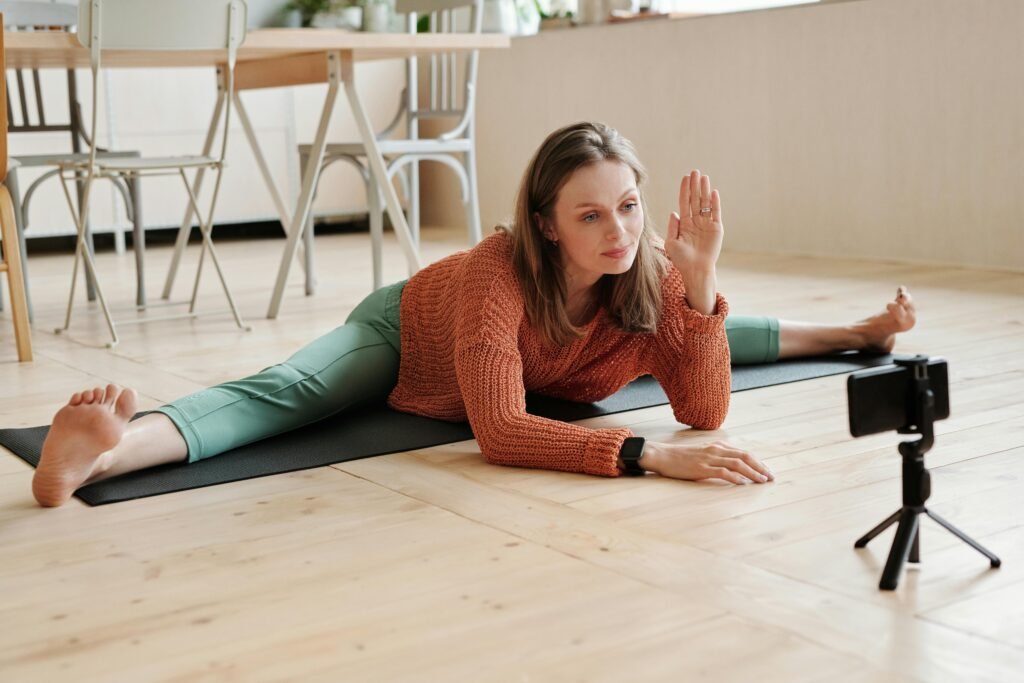When it comes to health and fitness, most people focus on strength, endurance, and even weight loss, often overlooking two crucial components—mobility and flexibility. However, these elements play a significant role in overall well-being, injury prevention, and optimal physical performance.
If you’ve ever felt stiff after sitting for too long, struggled with certain movements during a workout, or experienced minor aches from everyday activities, chances are your mobility and flexibility need some attention. Understanding their importance and making them a part of your fitness routine can lead to significant improvements in how you move, feel, and perform.
Let’s explore the importance of mobility and flexibility, why they matter, and how to incorporate them into your daily routine for a healthier, more active life.
Understanding Mobility and Flexibility
Although often used interchangeably, mobility and flexibility are distinct concepts, each playing a unique role in movement and physical health.
What is Mobility?
Mobility refers to the ability of a joint to move freely and efficiently through its full range of motion (ROM) while maintaining control. It’s not just about how far a joint can move but also how well the surrounding muscles, ligaments, tendons, and connective tissues work together to support movement.
Good mobility enables you to move fluidly in everyday activities and athletic performance. Poor mobility, on the other hand, can limit movement, cause stiffness, and increase the risk of injury.
What is Flexibility?
Flexibility is the ability of a muscle or muscle group to lengthen without discomfort or restriction. It determines how easily your muscles stretch, which directly impacts how well your body moves. While flexibility is a key component of mobility, having flexible muscles alone doesn’t necessarily mean you have good mobility.
For example, you may have flexible hamstrings, but if your hips and lower back lack mobility, you might still struggle with deep squats or bending movements. That’s why it’s important to focus on both flexibility and mobility to achieve optimal movement quality.
What are the Benefits of Mobility and Flexibility
Incorporating mobility and flexibility work into your routine comes with a host of benefits, making it easier to move, exercise, and go about daily life with less stiffness and discomfort.
1. Improved Range of Motion
A better range of motion allows you to perform movements more effectively and efficiently. Whether it’s reaching overhead, squatting down, or twisting your torso, greater mobility and flexibility enable smoother, pain-free movement in both exercise and daily tasks.
2. Reduced Risk of Injury
Tight, stiff muscles and restricted joints increase the risk of strains, sprains, and other injuries. When your body moves properly, there’s less stress on muscles and joints, reducing the likelihood of injury from workouts, sports, or everyday movements like bending and lifting.
3. Better Posture and Alignment
Poor posture often results from tight muscles and limited mobility, leading to discomfort and chronic pain. By improving flexibility in key areas (such as the shoulders, hips, and lower back), you can maintain better posture, reduce muscle imbalances, and alleviate tension that contributes to back and neck pain.
4. Enhanced Athletic Performance
Athletes and active individuals benefit greatly from improved mobility and flexibility. Greater joint mobility allows for more efficient movement patterns, improving agility, speed, and power. For example, a runner with flexible hip flexors and mobile ankles will have better stride efficiency, reducing the risk of injury and enhancing performance.
5. Faster Recovery and Less Muscle Soreness
Engaging in mobility drills and stretching exercises after a workout can help alleviate muscle soreness and stiffness by promoting circulation and aiding muscle recovery. This leads to faster healing, less discomfort, and a reduced risk of long-term movement restrictions.
6. Increased Blood Circulation and Muscle Relaxation
Stretching and mobility exercises stimulate blood flow, delivering oxygen and nutrients to muscles while helping to remove metabolic waste. This not only enhances overall muscle function but also reduces muscle tension and promotes relaxation, improving physical and mental well-being.
How to Improve Mobility and Flexibility
To reap the benefits of mobility and flexibility, it’s important to incorporate the right exercises into your routine. Here’s how you can start:
1. Include Dynamic Stretching
Dynamic stretching involves controlled movements that take your joints and muscles through their full range of motion. These exercises, such as leg swings, arm circles, and hip rotations, are great as part of a warm-up before workouts to improve mobility and prepare your body for movement.
2. Add Static Stretching
Static stretching involves holding a stretch for 15–30 seconds to lengthen muscles and improve flexibility. Best performed after exercise, static stretches help release muscle tightness and improve range of motion over time. Examples include hamstring stretches, quadriceps stretches, and shoulder stretches.
3. Practice Yoga or Pilates
Both yoga and Pilates are excellent for enhancing flexibility, mobility, and balance. They emphasize controlled movements, breathwork, and proper alignment, making them effective for improving joint health and overall body awareness.
4. Incorporate Mobility Drills
Mobility exercises target specific joints and movement patterns, helping improve their functional range of motion. Examples include:
- Hip circles to loosen tight hip joints.
- Shoulder rolls to enhance upper-body mobility.
- Ankle dorsiflexion drills for better foot and ankle function.
- Including these drills in your daily routine can help prevent stiffness and enhance movement quality.
5. Use Foam Rollers and Massage Tools
Foam rolling and self-massage techniques (such as using massage balls or percussion massagers) help release muscle tightness, improve blood flow, and promote myofascial release. This can be particularly beneficial for tight areas like the calves, quads, and lower back.
6. Stay Consistent and Make It a Habit
Like any fitness goal, improving mobility and flexibility requires consistency. Even dedicating just 5–10 minutes daily to stretching or mobility work can lead to noticeable improvements over time. The key is to make it a regular part of your routine.
Tips for Integrating Mobility and Flexibility into Your Routine
- Start with a Proper Warm-Up – Before exercising, use dynamic stretches to prepare your muscles and joints for movement.
- Cool Down with Static Stretches – After workouts, hold deep stretches to promote relaxation and muscle recovery.
- Listen to Your Body – Avoid overstretching or forcing movements that feel painful. Stretch to a comfortable point, gradually increasing intensity over time.
- Set Small, Achievable Goals – Track your progress by noting improvements in flexibility and range of motion. Small gains add up over time.
- Seek Professional Guidance if Needed – If you’re unsure about proper techniques, consider working with a fitness trainer, physical therapist, or yoga instructor.
Mobility and flexibility are often overlooked but are its real importance lies in an active, pain-free lifestyle. Whether you’re an athlete aiming for better performance, someone recovering from stiffness, or just looking to move more comfortably in daily life, incorporating mobility and flexibility exercises can make a world of difference.
By taking just a few minutes each day to stretch and engage in mobility work, you’ll improve your posture, reduce injury risk, and enhance overall movement quality. Start today, stay consistent, and enjoy the long-term benefits of a more flexible, mobile body!
Was this helpful?
Good job! Please give your positive feedback
How could we improve this post? Please Help us.






No Comments